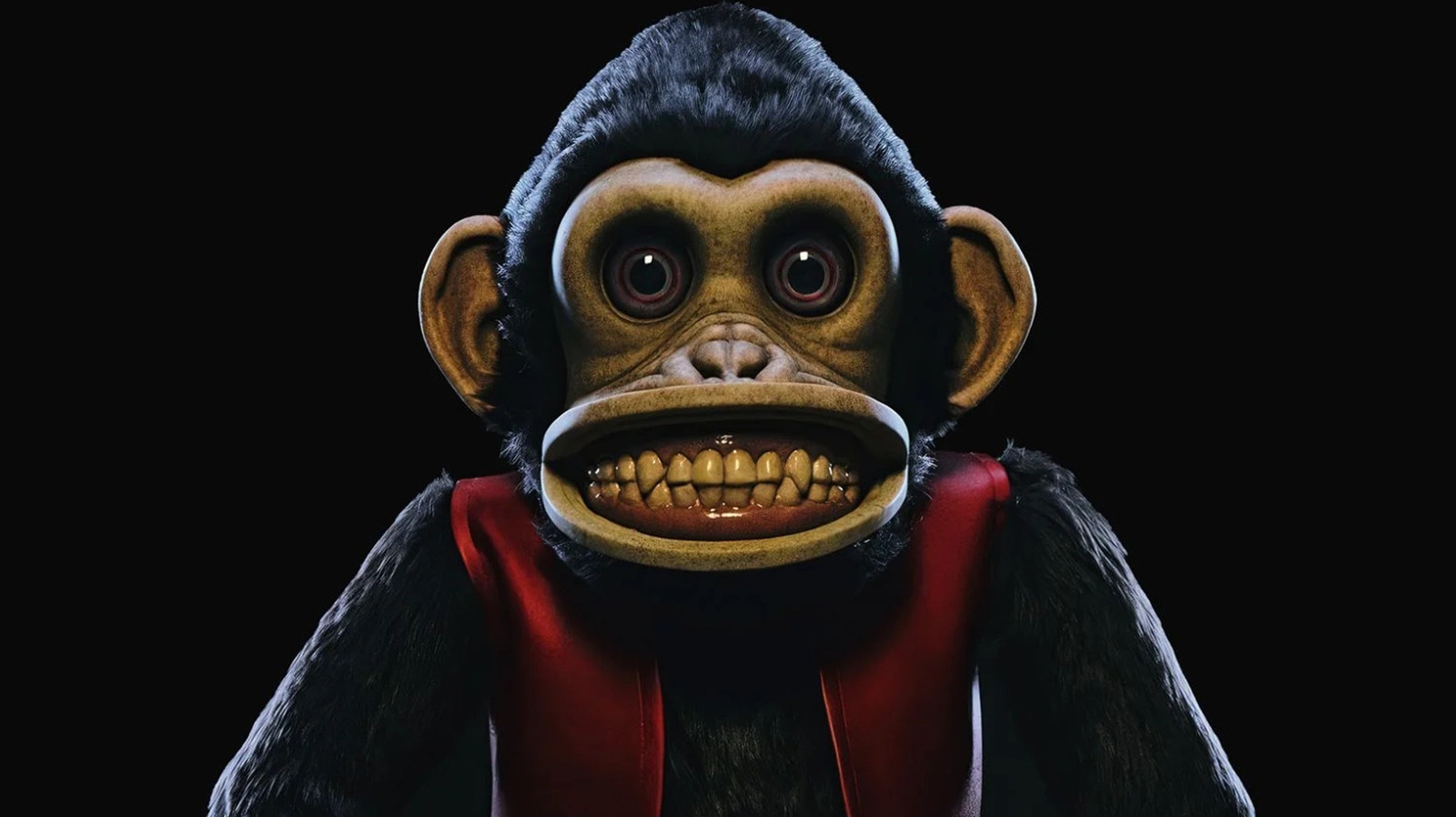How The Monkey Differs From Longlegs — And Every Other Oz Perkins Horror Movie

A big reason why Oz Perkins fits all the prerequisites of auteur theory is that he’s not making movies merely for love of the medium, and certainly not to just sell a product or work for a paycheck. Each one of his films is a personal one, too, as he uses the horror genre to explore themes and concepts that, in a non-genre setting, might be too raw and upsetting for most audiences to take. “The Blackcoat’s Daughter” is, ultimately, a film about loss, something Perkins has unfortunately suffered through when it comes to both his parents. “I Am the Pretty Thing…” is a movie Perkins made about his attempts to connect with his late father, as he revealed on an episode of the “Post Mortem with Mick Garris” podcast. “Gretel & Hansel” — the only film Perkins has made that he hasn’t written the screenplay for — concerns a pair of children left to their own devices who are abandoned by their parents. “Longlegs” goes even further than that, telling a tale of a woman who is flat-out betrayed by her parents, where the sins of her mother are visited upon her tenfold.
Clearly, Perkins has a lot of unresolved feelings about parenthood, the pressures put on children, and parents who either avoid their responsibilities or have them somehow subverted. A large portion of this theme must stem from Perkins’ personal life and relationship to his late parents, along with the bizarre nature of how both passed away: Anthony Perkins from an HIV/AIDS contraction that he kept secret, and Berry Berenson from being a passenger on one of the planes that hit the World Trade Center on September 11th, 2001. Perkins has made no attempt to deny these connections, and once you’re aware of them, you can see their influence on all of his films, but especially “The Monkey.” In this film alone, there’s a boy obsessed with the legacy of his late father, another boy trying desperately to connect with his distant father, the twin boys made despondent by the untimely loss of their beloved mother, and, by the end, a preponderance of planes full of passengers falling out of the sky (an element which, as of this writing, has way too much resonance for all of us, not just the director).
If there’s a silver lining to all of this, it’s that Perkins’ use of his work as a form of therapy may indeed be working. There’s no way of knowing that for sure, of course, and far be it for me to imply any parasocial understanding of the man’s private life. Yet it’s curious that “The Monkey” is such a tonal swerve for the filmmaker, along with the fact that it’s the first movie he’s cast himself in as an actor, and his character is the only father figure in the film that we see suffer a gruesome demise. It feels like Perkins is enough of an artist as well as a human being to realize that he can’t escape pointing a finger at himself, which is typically a good indicator of someone who’s well-adjusted. Now that Perkins is laughing as well as crying, Melpomene and Thalia-wise, it’s exciting to anticipate what new aspects of these themes, horror, and cinema he’s going to explore next.














Post Comment